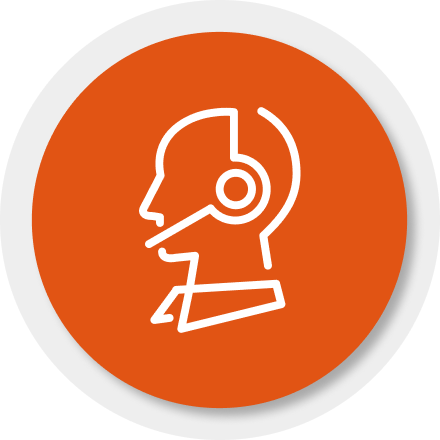Battle Parkinson's (PD) with the power of the music you love.
MOVIVE is a safe, use-at-home medical device that delivers rhythmic auditory stimulation (RAS) to support gait rehabilitation and motor function.
Patients & Caregivers
Check your eligibility to join a Movive Info Webinar.
Movive and MedRhythms respect your privacy.
Read the Terms of Service to learn more.

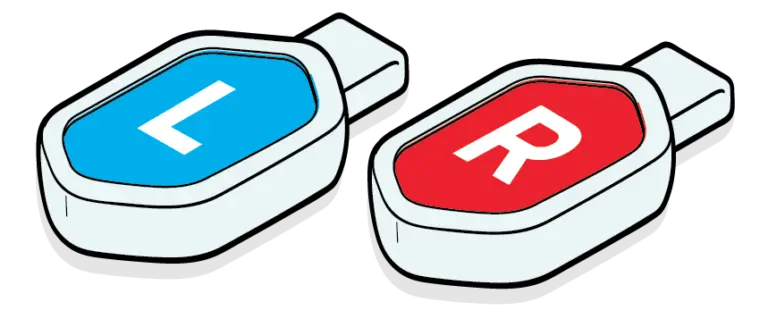
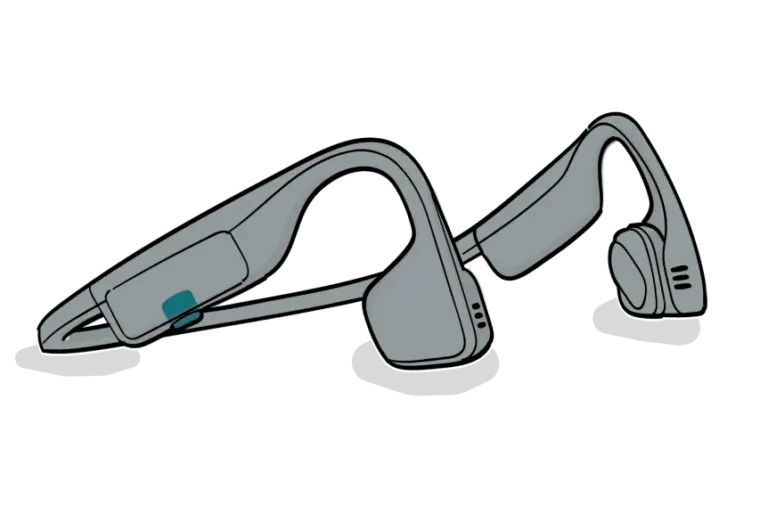
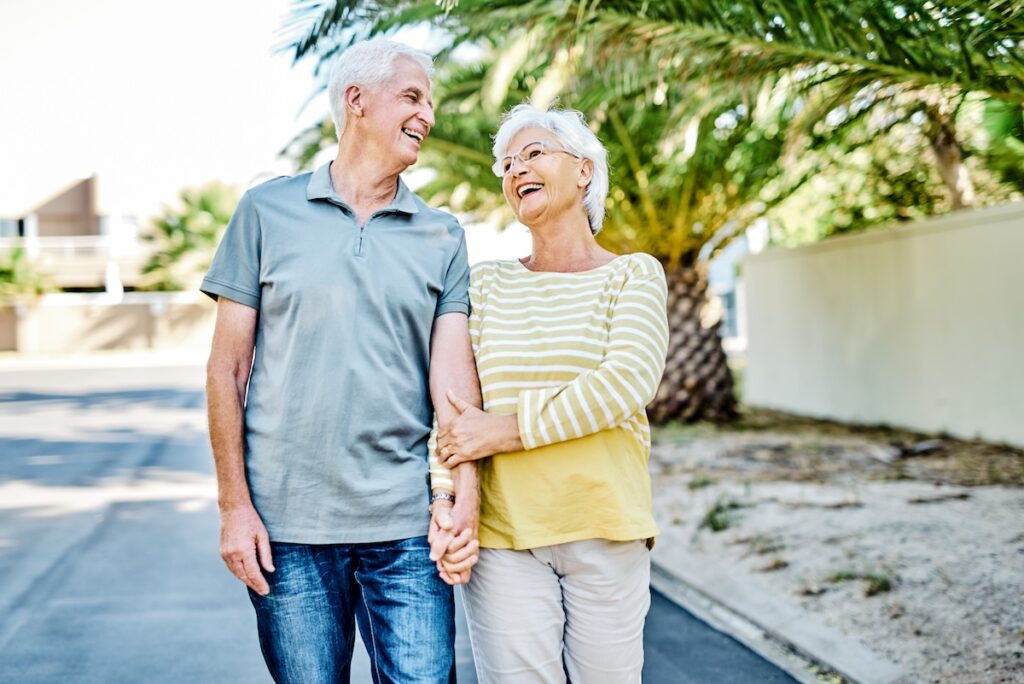
Parkinson's Prevalence
1 Million Americans 3
110,000 Veterans 4-5
PD is the fastest growing neurodegenerative disease in the world.1
For people living with PD, walking and overall mobility are a top challenge.2
RAS Improves Gait Quality in PD 6-15
Note: These animations show simulated gait patterns developed with clinician input. They are not representative of trial data.
Walking with RAS

Increased Stride Length
Improved Automaticity
Decreased Fall Risk
Walking without RAS

Music can engage the brain, therapeutically.
Movive delivers rhythmic auditory stimulation (RAS), an established and familiar tool for walking rehabilitation in PD.
RAS combines rhythmic cueing, which elicits auditory-motor entrainment, with an evidence-based protocol to facilitate clinical outcomes.
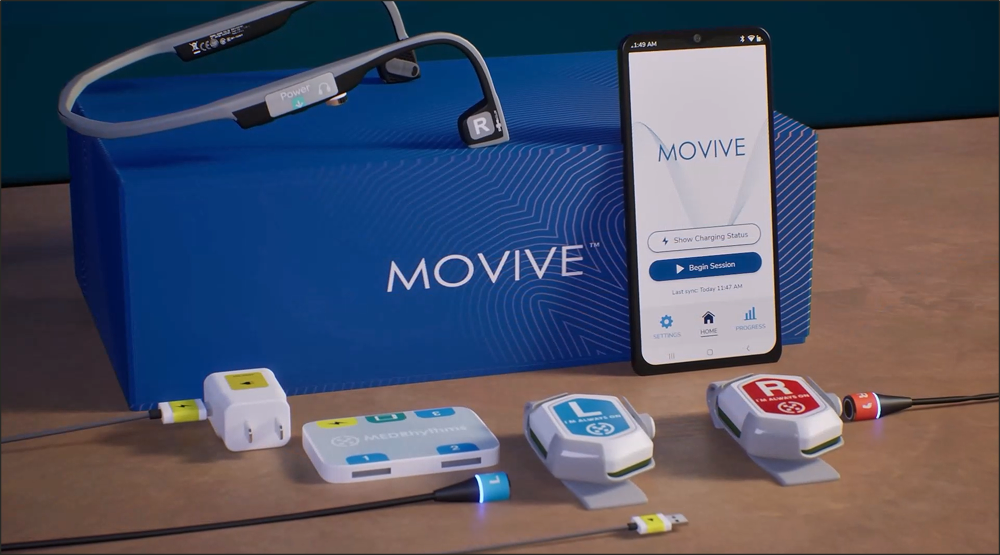
Ships Direct to Vet
Available in English & Spanish
Product, billing, and tech support included

a non-pharmacological option

Indication
Support gait rehabilitation and motor function for people living with Parkinson's disease (PD)
Intended Use
Physical rehabilitation in the home of ambulatory adults living with walking impairments from PD
PD patients make Movive part of their routine.
Both total steps and moderate intensity activity increased after a person with PD walked with Movive in a feasibility study. 16
17.2
Avg. Monthly Walks with Movive 16
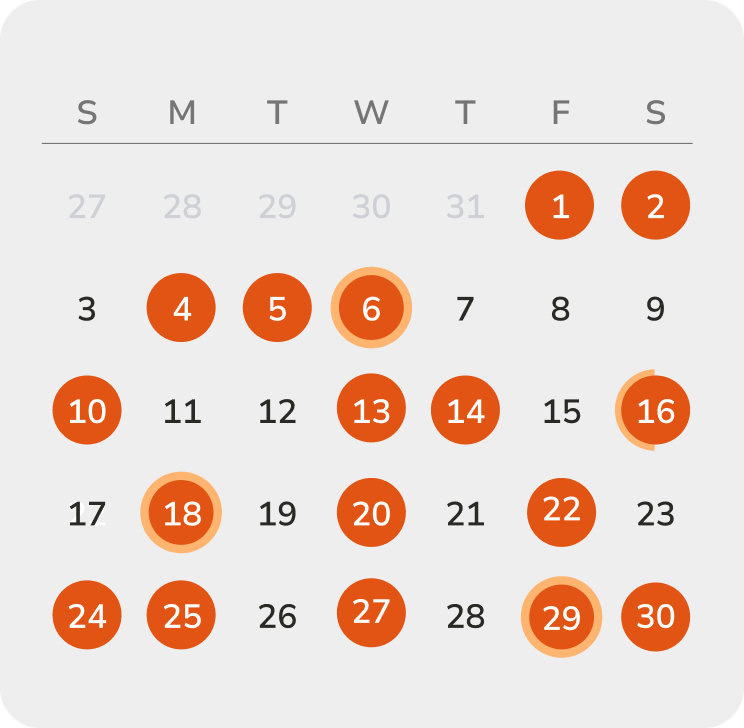

Session time exceeded 100%
Movive Supports Mobility
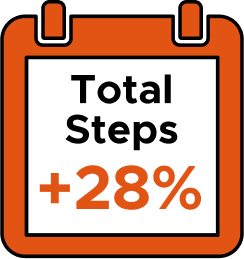
Compared to the average PD patient who experiences a 14% decrease in total steps in 1 year 16-17
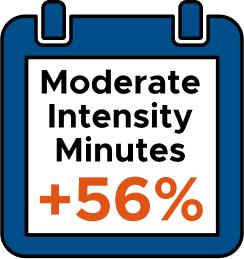
Compared to the average PD patient who experiences a 40% decrease in moderate intensity activity in 1 year 16-17
Safety Information
Only use Movive in safe environments.
Do not use Movive in unsafe environments such as uneven, wet, or icy terrain. Also, do not use Movive in areas with obstacles and hazards in the walking path such as pets, pedestrians or traffic increase the risk of slips, trips, falls or collision.
Stop using Movive if you experience abnormal symptoms.
Stop using Movive if experiencing abnormal muscle or joint pain, or abnormal symptoms such as nausea, shortness of breath or excessive fatigue.
Do not use Movive on a treadmill.
Movive is a complete neurorehabilitation system.
Everything is included and Movive is designed for easy usability right out of the box.
Patients do not need any technical expertise or a personal smartphone to use Movive.


Healthcare Providers
Sign up to learn more and schedule an inservice to demo the device.
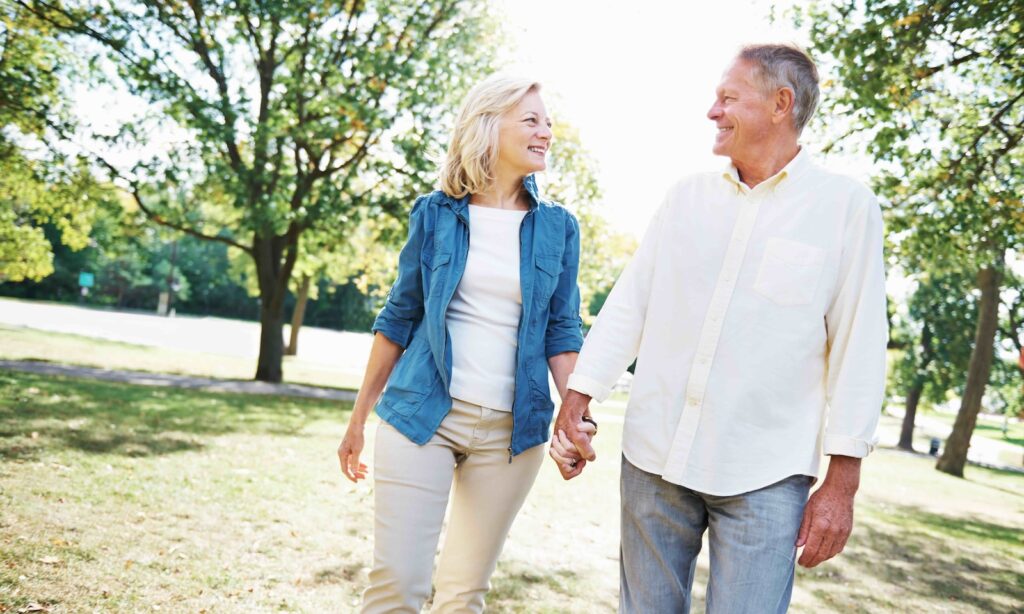
PD Patients and Caregivers
Join our next informational webinar to learn more about Movive.
1. Bhidayasiri, R., Kalia, L. V., & Bloem, B. R. (2023). Tackling Parkinson’s Disease as a Global Challenge. Journal of Parkinson’s Disease, 13(8), 1277–1280. https://doi.org/10.3233/JPD-239005
2. Port, R. J., Rumsby, M., Brown, G., Harrison, I. F., Amjad, A., & Bale, C. J. (2021). People with Parkinson’s Disease: What Symptoms Do They Most Want to Improve and How Does This Change with Disease Duration? Journal of Parkinson’s Disease, 11(2), 715–724. https://doi.org/10.3233/JPD-202346
3. Statistics | Parkinson’s Foundation. (n.d.). Retrieved March 11, 2025, from https://www.parkinson.org/understanding-parkinsons/statistics
4. Veterans & Parkinson’s | Parkinson’s Foundation. (n.d.). Retrieved March 11, 2025, from https://www.parkinson.org/living-with-parkinsons/finding-care/veterans
5. Mantri, S., Duda, J. E., & Morley, J. F. (2019). Early and Accurate Identification of Parkinson Disease Among US Veterans. Federal Practitioner, 36(Suppl 4), S18–S23.
6. De Dreu, M., Kwakkel, G., & van Wegen, E. (2014). Chapter 7: Rhythmic Auditory Stimulation (RAS) in Gait Rehabilitation for Patients with Parkinson’s Disease: A Research Perspective. In Michael Thaut, & Volker Hoemberg (Eds.), Handbook of Neurologic Music Therapy (pp. 69). Oxford University Press.
7. Hausdorff, J. M., Lowenthal, J., Herman, T., Gruendlinger, L., Peretz, C., & Giladi, N. (2007). Rhythmic auditory stimulation modulates gait variability in Parkinson’s disease. European Journal of Neuroscience, 26(8), 2369–2375. https://doi.org/10.1111/j.1460-9568.2007.05810.x
8. Kadivar, Z., Corcos, D. M., Foto, J., & Hondzinski, J. M. (2011). Effect of Step Training and Rhythmic Auditory Stimulation on Functional Performance in Parkinson Patients. Neurorehabilitation and Neural Repair, 25(7), 626–635. https://doi.org/10.1177/1545968311401627
9. Pau, M., Corona, F., Pili, R., Casula, C., Sors, F., Agostini, T., Cossu, G., Guicciardi, M., & Murgia, M. (2016). Effects of Physical Rehabilitation Integrated with Rhythmic Auditory Stimulation on Spatio-Temporal and Kinematic Parameters of Gait in Parkinson’s Disease. Frontiers in Neurology, 7. https://doi.org/10.3389/fneur.2016.00126
10. Thaut, M. H., Rice, R. R., Braun Janzen, T., Hurt-Thaut, C. P., & McIntosh, G. C. (2019). Rhythmic auditory stimulation for reduction of falls in Parkinson’s disease: A randomized controlled study. Clinical Rehabilitation, 33(1), 34–43. https://doi.org/10.1177/0269215518788615
11. Baker, K., Rochester, L., & Nieuwboer, A. (2008). The effect of cues on gait variability—Reducing the attentional cost of walking in people with Parkinson’s disease. Parkinsonism & Related Disorders, 14(4), 314–320. https://doi.org/10.1016/j.parkreldis.2007.09.008
12. Bukowska, A. A., Krężałek, P., Mirek, E., Bujas, P., & Marchewka, A. (2016). Neurologic Music Therapy Training for Mobility and Stability Rehabilitation with Parkinson’s Disease – A Pilot Study. Frontiers in Human Neuroscience, 9. https://doi.org/10.3389/fnhum.2015.00710
13. Thaut, M. H., McIntosh, G. C., Rice, R. R., Miller, R. A., Rathbun, J., & Brault, J. M. (1996). Rhythmic auditory stimulation in gait training for Parkinson’s disease patients. Movement Disorders, 11(2), 193–200. https://doi.org/10.1002/mds.870110213
14. Arias, P., & Cudeiro, J. (2010). Effect of Rhythmic Auditory Stimulation on Gait in Parkinsonian Patients with and without Freezing of Gait. PLoS ONE, 5(3), e9675. https://doi.org/10.1371/journal.pone.0009675
15. Miller, R. A., Thaut, M. H., McIntosh, G. C., & Rice, R. R. (1996). Components of EMG symmetry and variability in parkinsonian and healthy elderly gait. Electroencephalography and Clinical Neurophysiology/Electromyography and Motor Control, 101(1), 1–7. https://doi.org/10.1016/0013-4694(95)00209-X
16. Zajac, J. A., Porciuncula, F., Cavanaugh, J. T., McGregor, C., Harris, B. A., Smayda, K. E., Awad, L. N., Pantelyat, A., & Ellis, T. D. (2023). Feasibility and Proof-of-Concept of Delivering an Autonomous Music-Based Digital Walking Intervention to Persons with Parkinson’s Disease in a Naturalistic Setting. Journal of Parkinson’s Disease, 13(7), 1253–1265. https://doi.org/10.3233/JPD-230169
17. Cavanaugh, J. T., Ellis, T. D., Earhart, G. M., Ford, M. P., Foreman, K. B., & Dibble, L. E. (2012). Capturing Ambulatory Activity Decline in Parkinson Disease. Journal of Neurologic Physical Therapy : JNPT, 36(2), 51–57. https://doi.org/10.1097/NPT.0b013e318254ba7a
